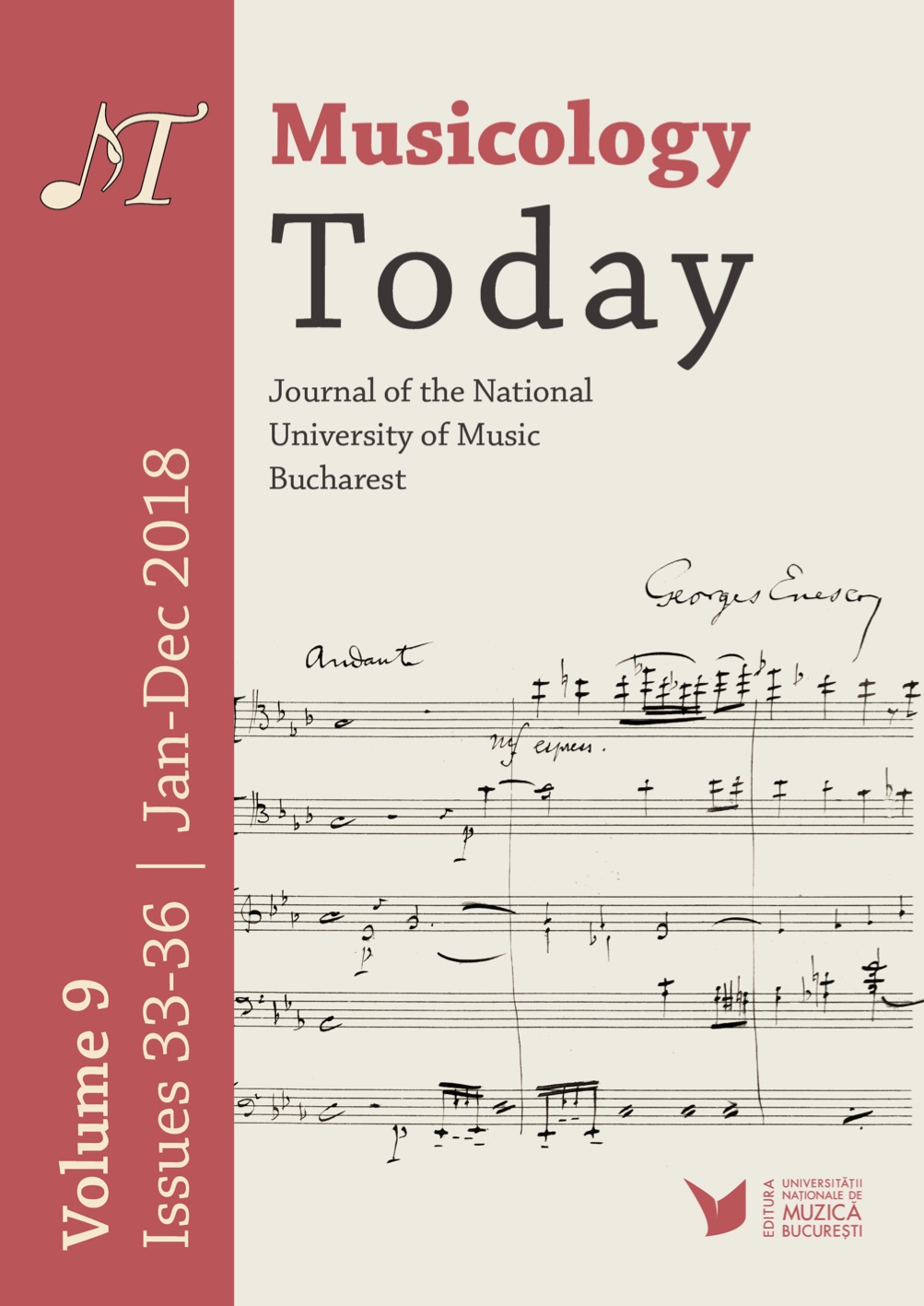Johannes Brahms, Piano Concerto No. 2: Symphony with Piano Obbligato? For and Against Arguments
Johannes Brahms, Piano Concerto No. 2: Symphony with Piano Obbligato? For and Against Arguments
Author(s): Toma PopoviciContributor(s): Maria Monica Bojin (Translator)
Subject(s): Music
Published by: Editura Universității Naționale de Muzică din București
Keywords: polyphonic piano writing; pianistic symphonism; Beethovenian technique;
Summary/Abstract: The symphonic scope of Johannes Brahms' works draws its vitality from two main sources. First, there is Beethoven’s stylistic influence, manifest throughout Brahms' oeuvre, and then there is his own conception of treating the piano’s sonority. The use of the entire keyboard, the increased importance of the lower register, generating the harmonics, the complex polyphonic writing, the multiple timbral suggestions, and the monumental dimensions are some of the traits of Brahmsian piano writing. In parallel with the orchestral-like aural images of his piano works, Brahms frequently resorts to chamber and vocal sonorities. If passages displaying a certain intimacy can be associated with his vast chamber music output, the flow, the broad scope, and especially the vocality of his lyrical themes are natural consequences of the importance of the lied in his oeuvre. This study aims to analyse the solo, symphonic, and chamber elements of Brahms' Piano Concerto No. 2, Op. 83 and develops both the arguments for considering it a solo concerto and for viewing it as a symphony with piano obbligato.
Journal: Musicology Today: Journal of the National University of Music Bucharest
- Issue Year: 9/2018
- Issue No: 36
- Page Range: 311-333
- Page Count: 24
- Language: English

